If you’ve ever dreamed of gliding effortlessly through the ocean like a secret agent or exploring coral reefs without tiring your legs, you’re in luck.
Underwater scooters—technically known as Diver Propulsion Vehicles (DPVs)—are turning that dream into reality for snorkelers and scuba divers alike. These high-tech devices reduce the effort of swimming while extending your underwater range and bottom time.
But how exactly do they work? Who are they for? And what should you look for before buying one? In this guide, we’ll explore everything you need to know about underwater scooters—from their origins and benefits to features, safety tips, and top models on the market.
What Is an Underwater Scooter?
At its core, an underwater scooter is a battery-powered propulsion device that helps you move through water with minimal effort. Instead of kicking with fins, users hold onto the scooter as it pulls them forward via a propeller system. Depending on the model, DPVs can travel at speeds between 2.5 to 6+ mph and dive as deep as 500 feet.
Originally designed for military missions during World War II, these scooters have since evolved into recreational and professional tools. Today’s models range from lightweight units for kids to powerful, tech-laden machines for experienced divers and underwater filmmakers.
Why Use an Underwater Scooter?
Using a DPV isn’t just about speed—it’s about access, efficiency, and safety.
-
Save Energy: Whether you’re snorkeling or diving, swimming can wear you out fast. A scooter handles the hard work, allowing you to explore longer without exhaustion.
-
Cover More Ground: With speeds up to 4x faster than traditional swimming, you can visit remote reefs, wrecks, and caves in less time.
-
Conserve Air: Scuba divers benefit by using less oxygen since they’re not expending as much effort, which means longer dives.
-
Handle Currents: A DPV helps you power through strong currents or return to the boat more easily in emergency situations.
In short, underwater scooters democratize aquatic exploration, allowing people of all fitness levels and ages to enjoy the magic of the deep.
Recommended: Top Underwater Scooters Under $500 (2025 Guide)
Benefits for Different Users
Snorkelers: Go Further With Less Effort
For snorkelers, especially beginners or those with limited stamina, underwater scooters transform the experience. Compact, lightweight models help you glide across the water’s surface or dip down for brief underwater views.
Rather than struggling against waves or tiring out too quickly, you can effortlessly reach farther reefs, follow marine life, and explore hidden coves. Many snorkel-friendly DPVs are positively buoyant—meaning they’ll float to the surface if dropped, which adds an extra layer of safety.
Scuba Divers: Expand Your Dive Horizons
For scuba divers, DPVs act as a force multiplier. You can dive deeper, stay longer, and travel greater distances—all while conserving energy and air. They’re especially useful for:
-
Deep or technical dives
-
Strong current areas
-
Underwater photography (providing smoother motion)
-
Group dives to keep buddies together
With top-tier models rated for 400+ feet and equipped with digital displays, smart apps, and modular designs, DPVs are becoming essential tools for both hobbyists and professionals.

Key Features to Consider
When shopping for an underwater scooter, here are the top specs to evaluate:
1. Speed and Thrust
Recreational models usually top out at 3-4 mph, while advanced units can reach 6+ mph. Thrust matters too—it affects how easily the scooter pulls you and any extra gear you might be carrying.
2. Depth Rating
Recreational models are generally safe to 100-130 feet, perfect for snorkelers and casual divers. Technical DPVs may reach 400+ feet for cave or wreck dives.
3. Battery Life and Charging
Most DPVs use lithium-ion batteries with 30–90 minute runtimes. Be aware: using higher speeds drains the battery faster. Fast-charging options and spare batteries are must-haves for extended trips.
4. Buoyancy
Choose neutral or positive buoyancy for safety. Positively buoyant scooters will float if dropped—ideal for surface activities. Advanced users may prefer adjustable or neutral buoyancy for precision in deep dives.
5. Controls and Usability
Look for intuitive triggers, multiple speed modes, and ergonomic designs. One-handed operation is great for equalizing or capturing footage. Models with built-in displays give real-time data like speed, battery level, and depth.
6. Extras and Tech
From GoPro mounts to smart apps that log your dive data, modern scooters are packed with features. Modular options can even convert into SUP motors—ideal for multi-sport adventurers.
Choosing the Right Scooter for You
Recreational Scooters
Great for casual snorkelers and first-time users, these are affordable, easy to use, and safe. Look at models like the Sublue WhiteShark Mix, Asiwo Manta, or Yamaha Explorer for dependable fun.
Advanced Scooters
If you’re a certified diver ready to take on deeper waters, models like the Sublue Navbow, Asiwo U1, or Seabob F5 SR offer serious performance and extended range.
Kid-Friendly Options
Brands like Asiwo Mako offer low-speed, enclosed propeller designs made for younger swimmers under supervision.
Safety First: Best Practices for Using a DPV
Operating a scooter is easy—but using one responsibly requires preparation. Here are key safety tips:
-
Take a Class: Get certified or attend a DPV workshop if you’re diving.
-
Always Dive With a Buddy: Increased speed means it’s easier to get separated.
-
Respect Depth Limits: Don’t exceed your DPV’s or your body’s capabilities.
-
Pre-Dive Checks: Inspect O-rings, seals, and charge levels before every use.
-
Protect Marine Life: Avoid riding close to reefs or chasing wildlife.
-
Stay Aware of Regulations: In areas like California, some parks or MPAs may restrict motorized devices. Always check local rules.
Maintenance Tips for Long-Term Performance
To keep your scooter running smoothly:
-
Rinse After Use: Saltwater is corrosive—always rinse with fresh water.
-
Dry and Inspect: Look for cracks, sand, or debris in seals and propellers.
-
Store Properly: Keep batteries in cool, dry places at partial charge.
-
Use Manufacturer Parts: Only use approved chargers and lubricants for safety.
Conclusion: The Future of Ocean Exploration Is in Your Hands
Underwater scooters are no longer just gadgets for pros or movie heroes—they’re a practical, powerful way to explore the ocean. Whether you’re snorkeling for the first time or embarking on a deep technical dive, there’s a DPV tailored to your needs.
With cutting-edge features, extended ranges, and smart designs, these devices are changing the way we interact with the sea. And as long as we prioritize safety, environmental care, and responsible use, underwater scooters will continue to open up the wonders of the ocean for everyone.
FAQs
Q: Can I travel with an underwater scooter on a plane?
Yes, but it depends on the battery size. Lithium-ion batteries under 100Wh are usually allowed in carry-on luggage. Larger batteries may require airline approval or need to be shipped separately.
Q: Is an underwater scooter safe for beginners or kids?
Absolutely! Many models are designed specifically for beginners and children (under supervision), featuring slower speeds, floating designs, and enclosed propellers for safety.
Q: How long does the battery last on average?
Most scooters run for 30 to 60 minutes on a full charge. Keep in mind that using high speeds continuously can shorten that time. Consider buying a spare battery for longer sessions.
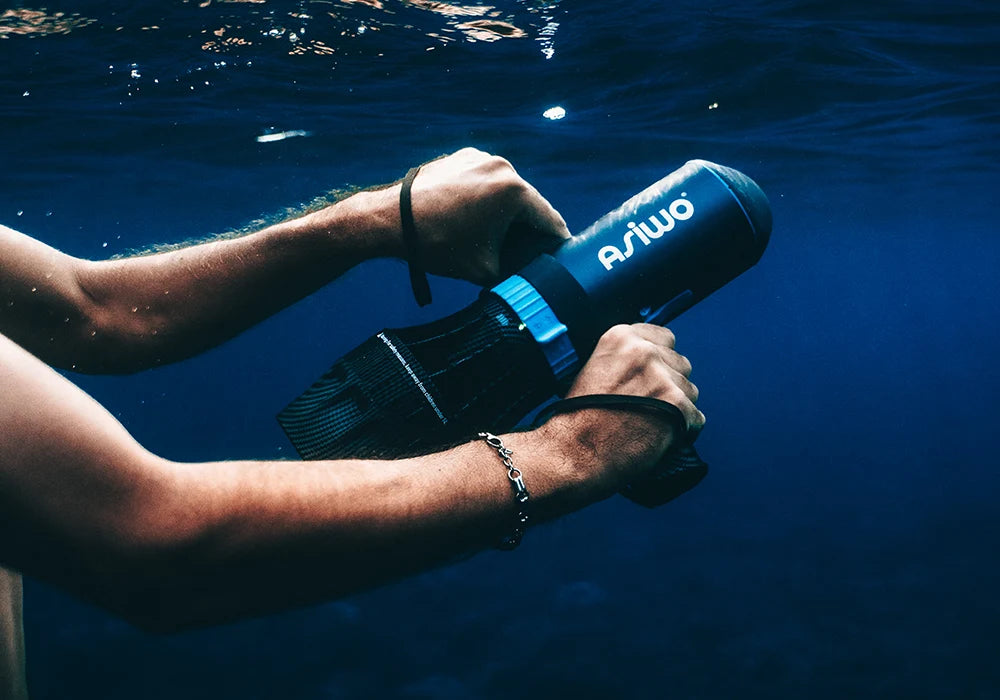

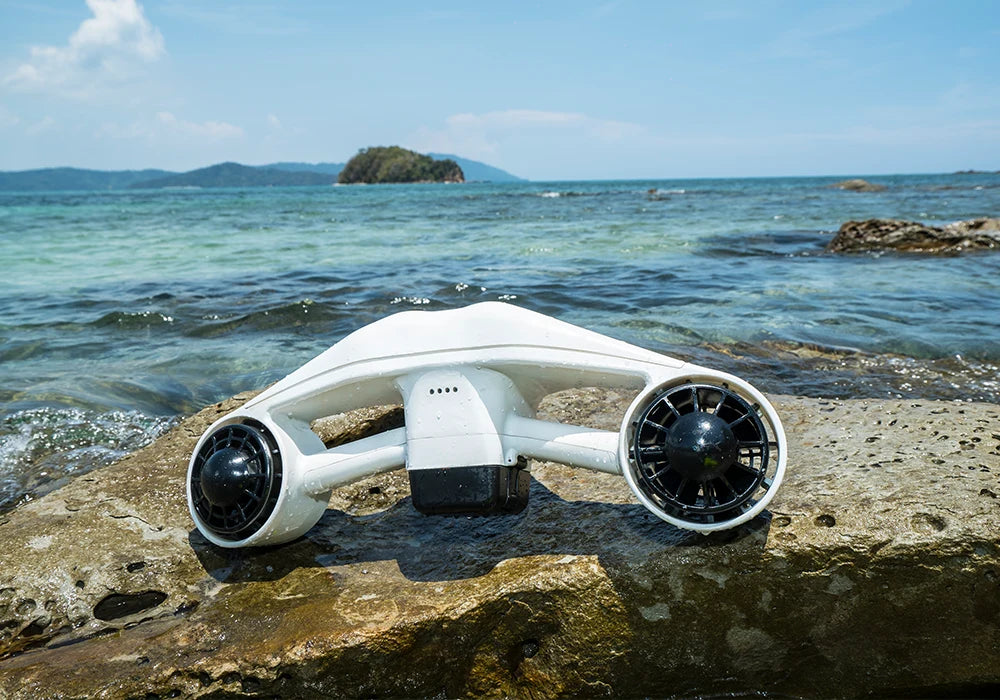
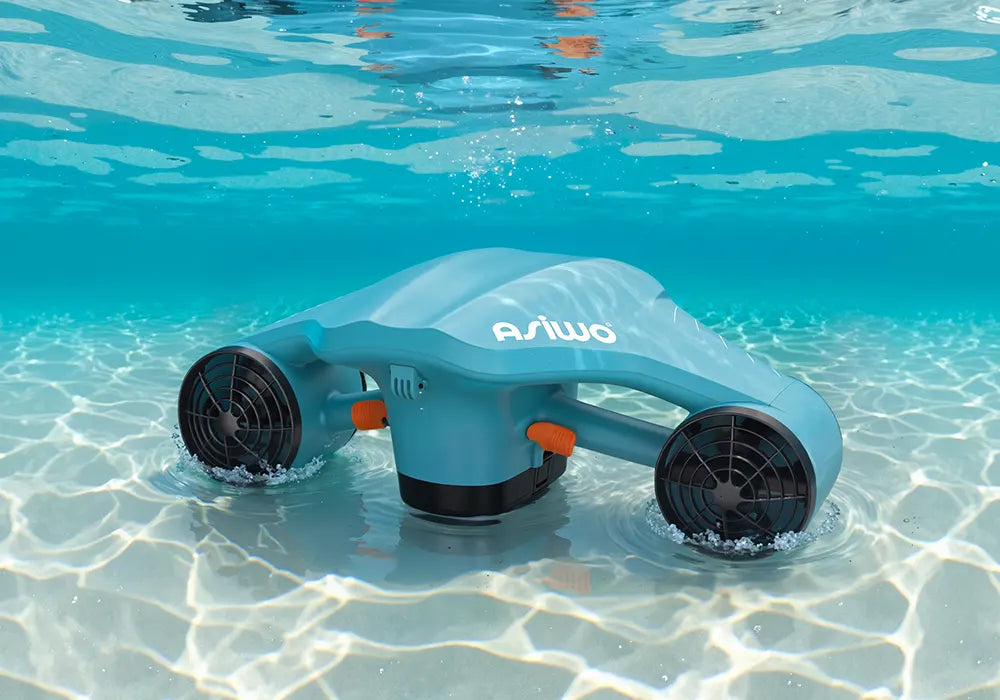
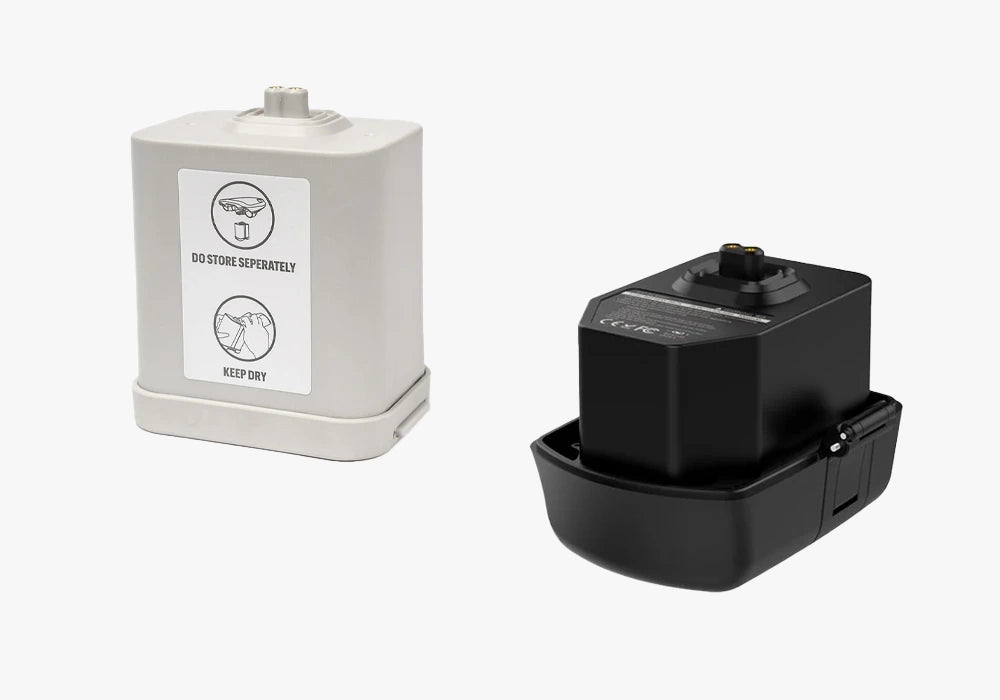





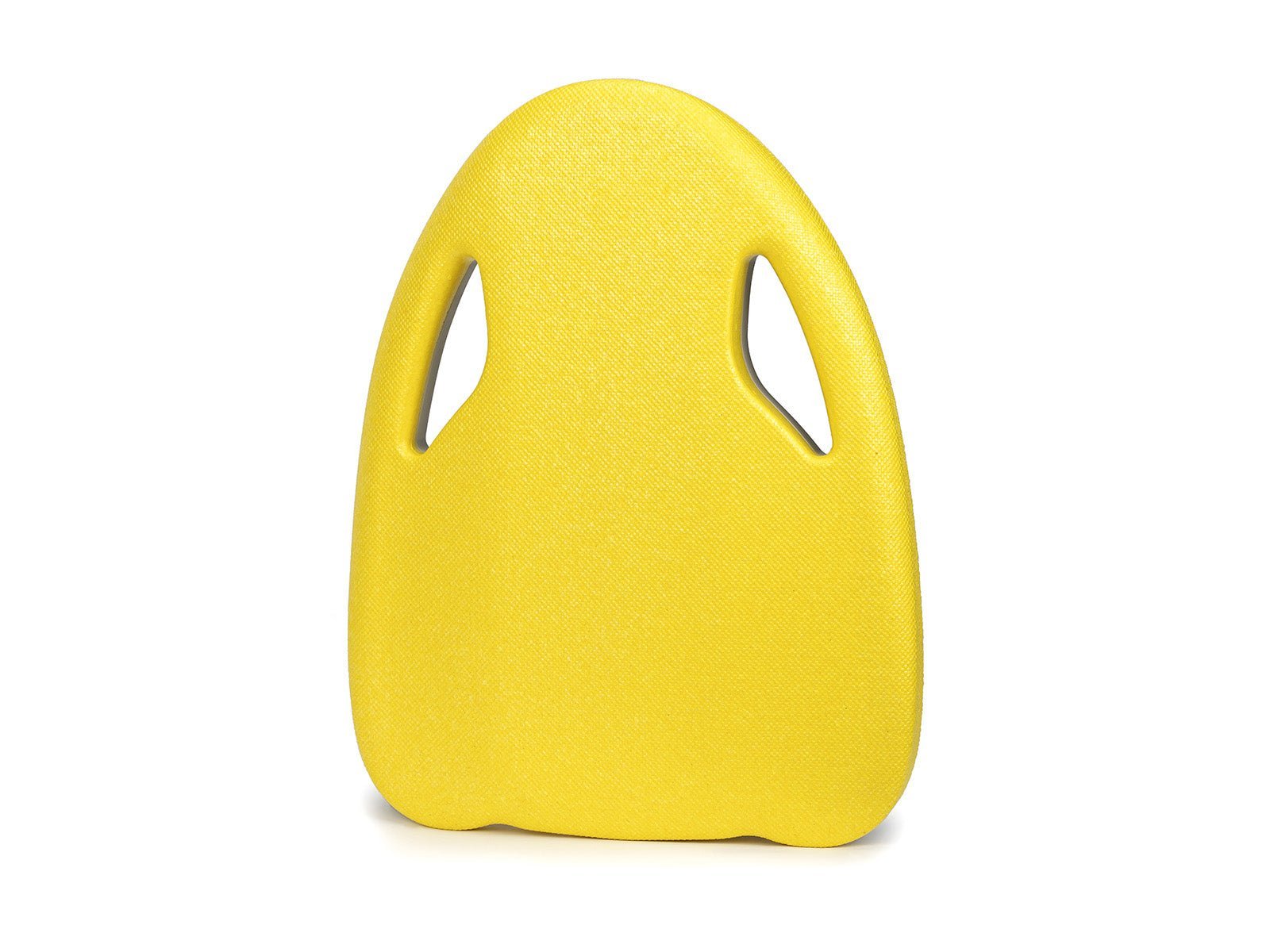
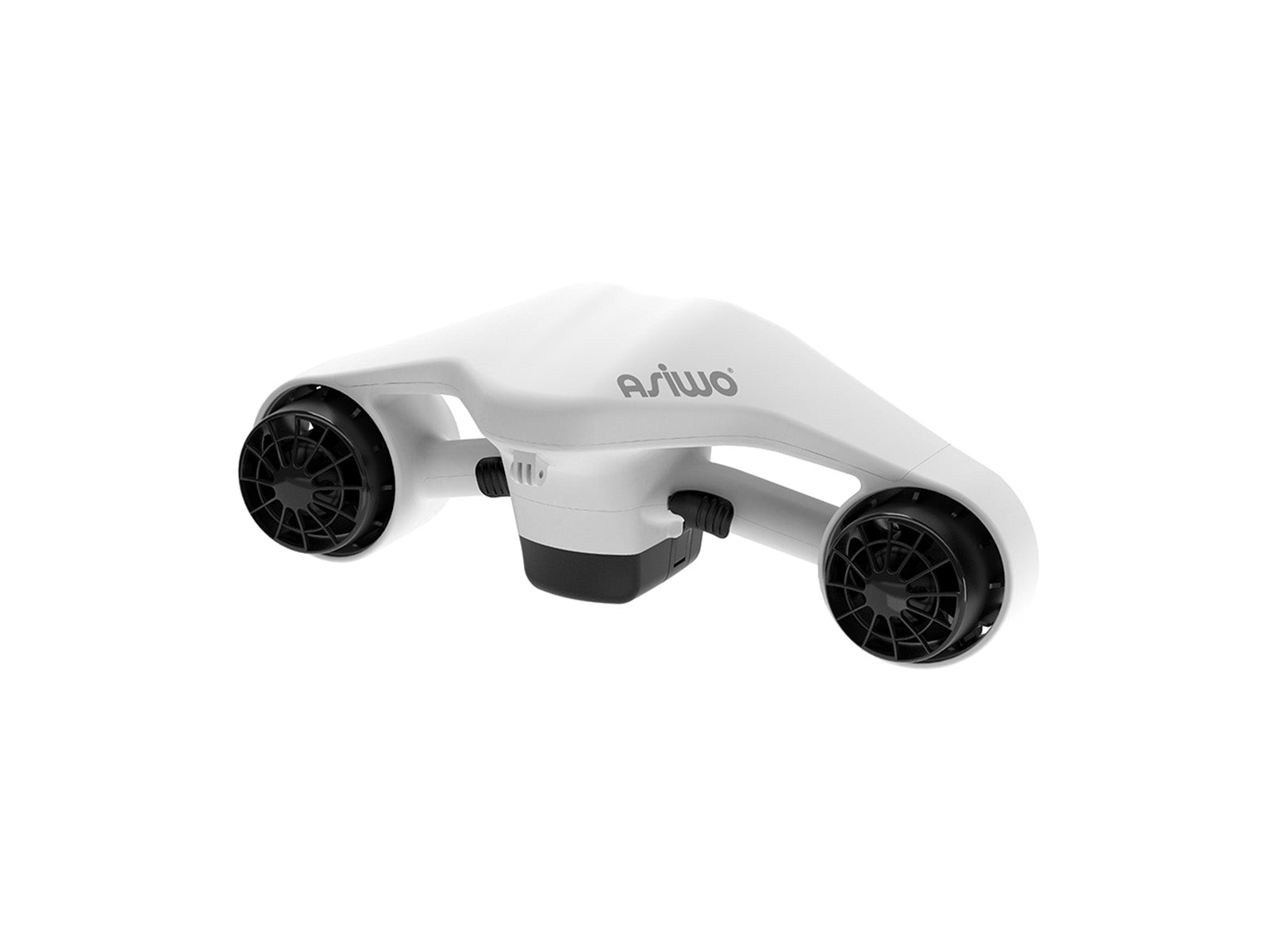
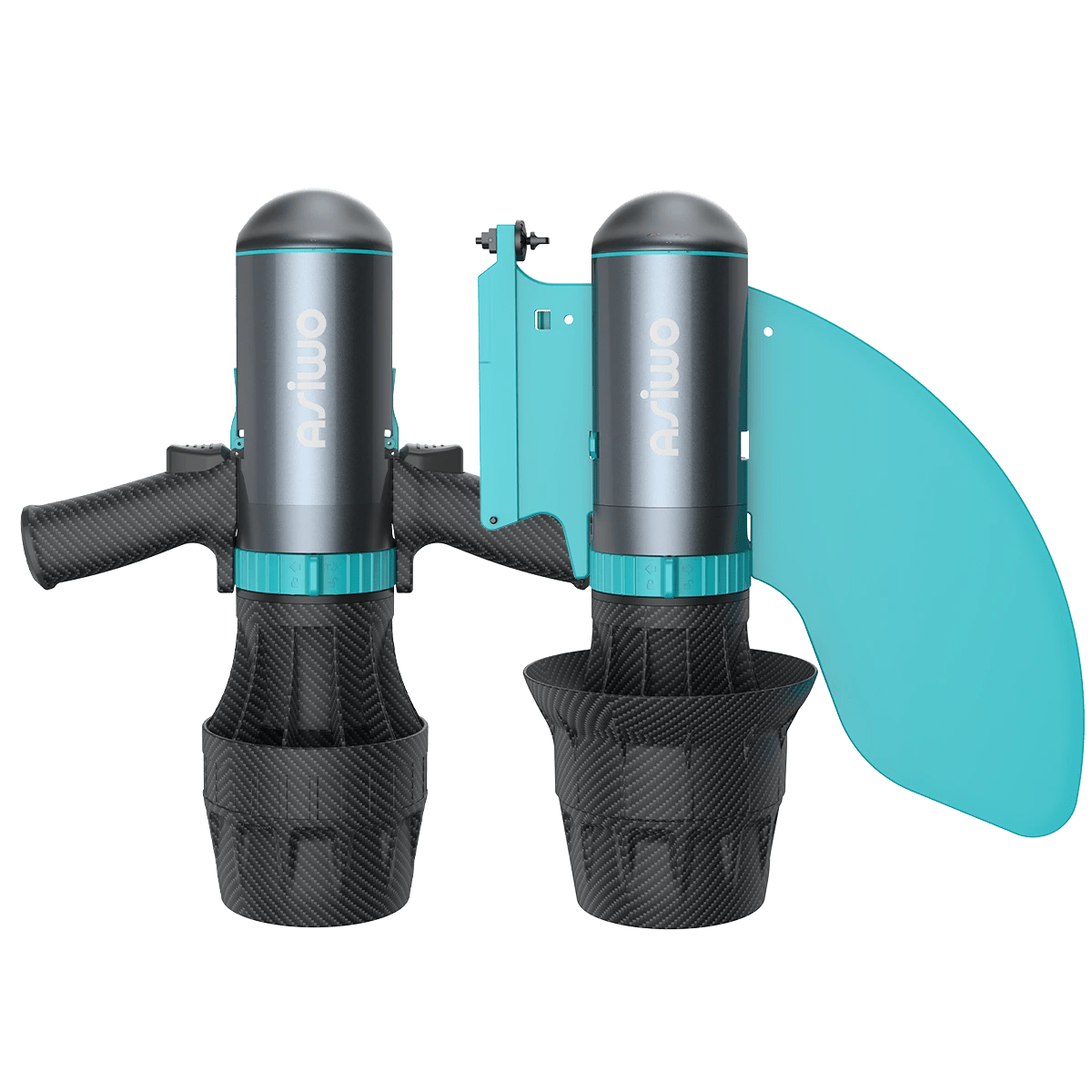
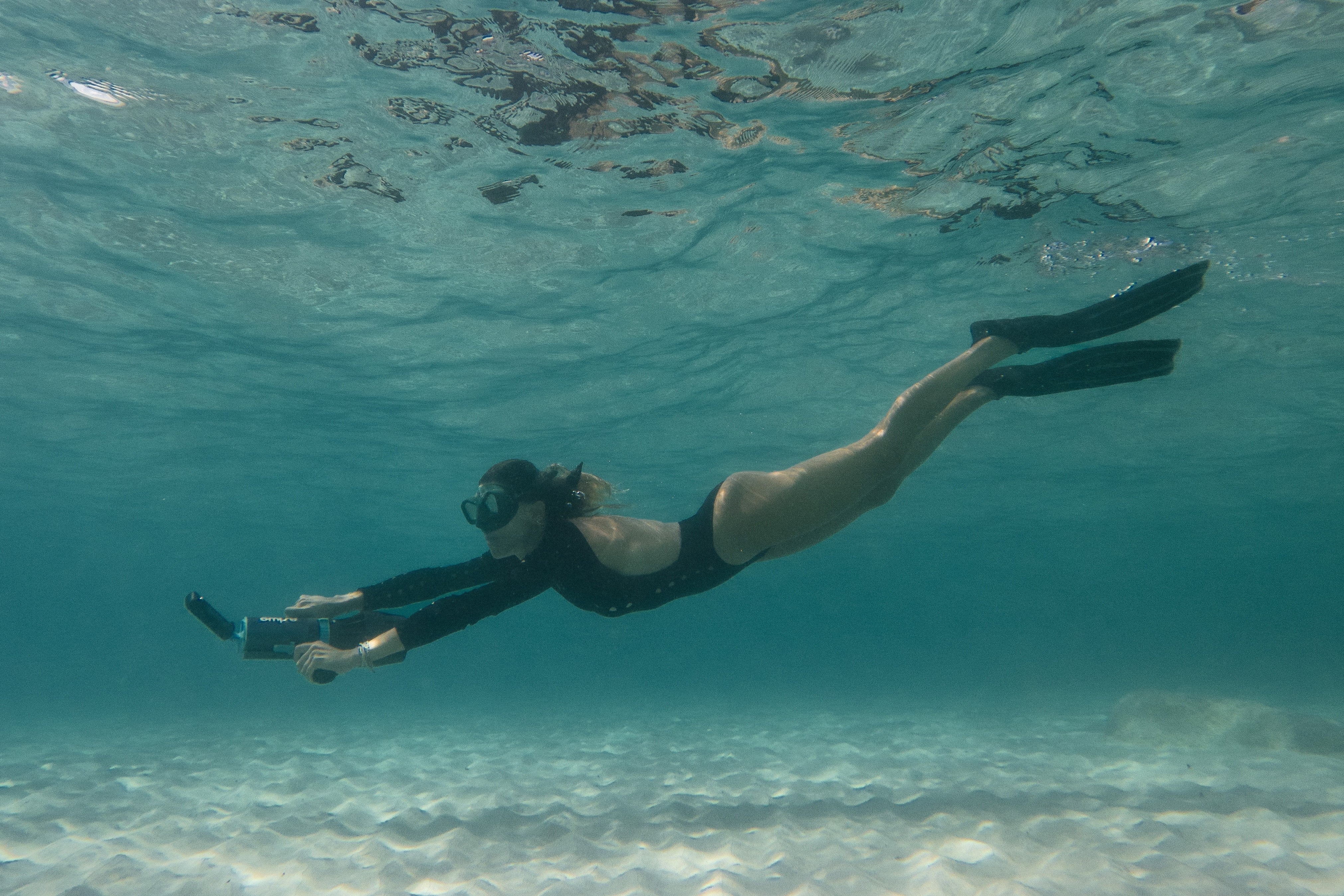
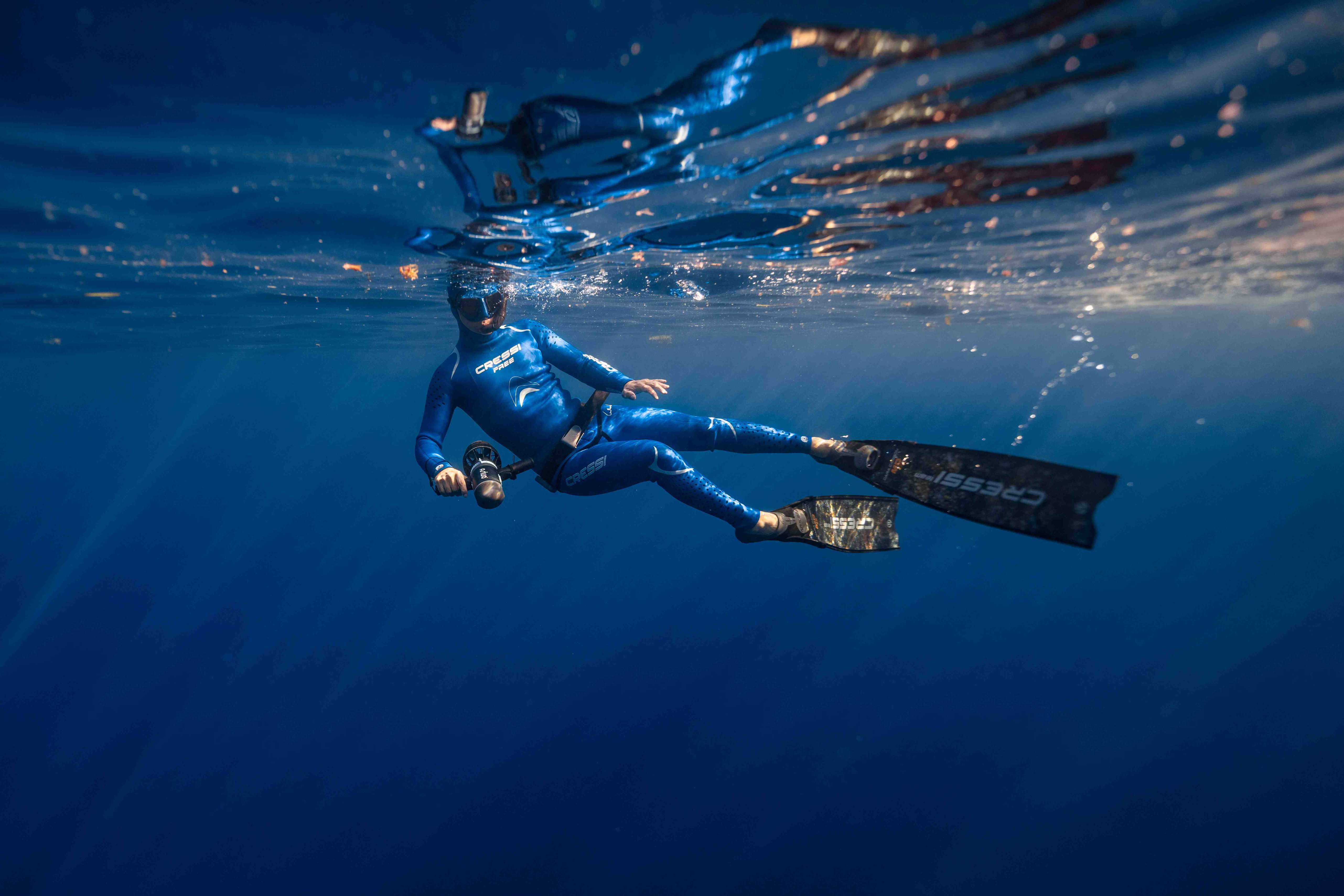

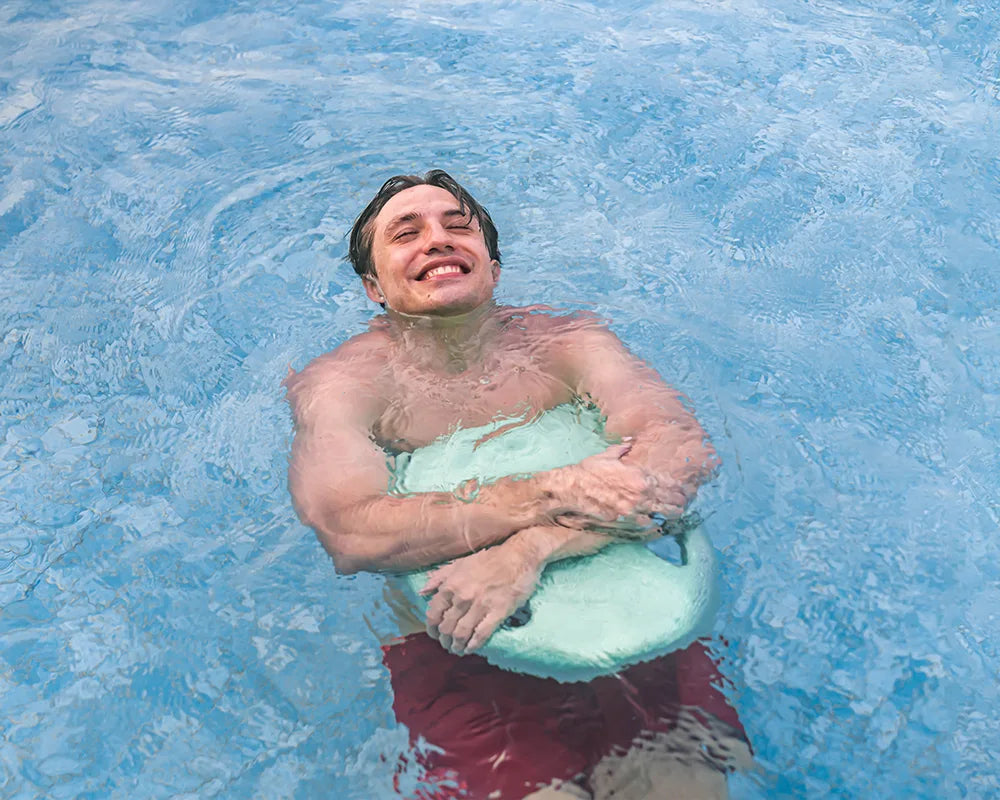
Laissez un commentaire